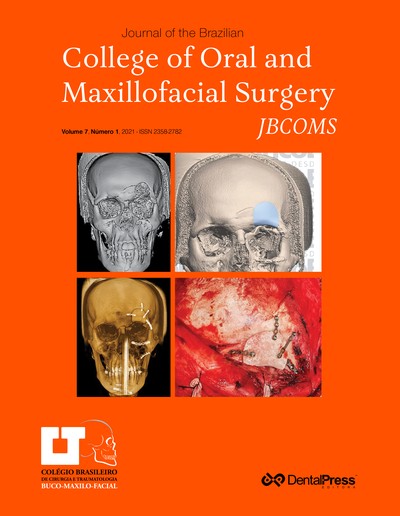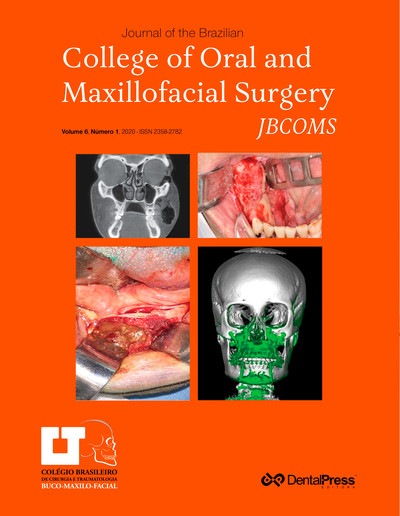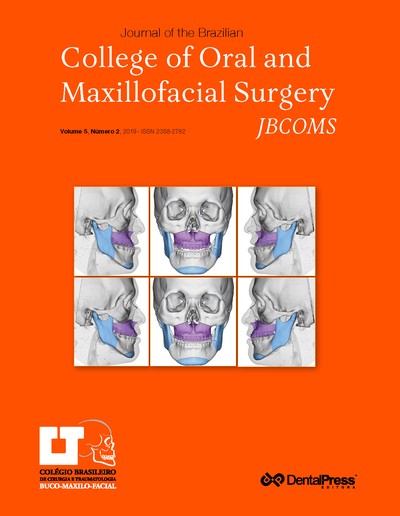
Atrophic maxilla dental rehabilitation with pterygoid implant as an alternative to a reconstructive surgery complication: Case report
Rosenvaldo Moreira Júnior, Marcus Fernandes, Marcos Martins Curi, Daniel Henrique Koga, Roosenvelt Moreira, Rafael Zetehaku Araujo
The rehabilitation of posterior maxilla with dental implants is a great challenge due to some anatomical factors such as reduced bone volume, low bone quality, pneumatization of the maxillary sinus and both surgical and prosthetic restricted access to the area, which may impair the dental rehabilitation without previous bone reconstruction procedure. Bone reconstruction increases overall costs, treatment time and morbidity. It can also raise possible complications due to the bone graft surgery, limiting the choice for bone reconstruction in the daily routine. The objective of this paper is to report a case where after the loss of dental implant and the sinus lift bone reconstruction due to a postoperative infection, dental rehabilitation was accomplished with pterygoid implant. This alternative technique for posterior atrophic maxilla is based on the placement of the dental implant in the bone pillar formed by tuberosity, palatine bone and the pterygoid process of the sphenoid bone. This type of treatment can be performed as a primary treatment planning for the rehabilitation of posterior atrophic maxilla, or as an alternative technique when possible complications might occur. Pterygoid implants have a high success rate and few associated complications.
Keywords: Dental implants. Maxilla. Alveolar bone loss.
How to cite: Moreira Júnior R, Fernandes M, Curi MM, Koga DH, Moreira R, Araujo RZ. Atrophic maxilla dental rehabilitation with pterygoid implant as an alternative to a reconstructive surgery complication: Case report. J Braz Coll Oral Maxillofac Surg. 2022 Jan-Mar;8(1):50-5.
Saturday, May 04, 2024 13:09










